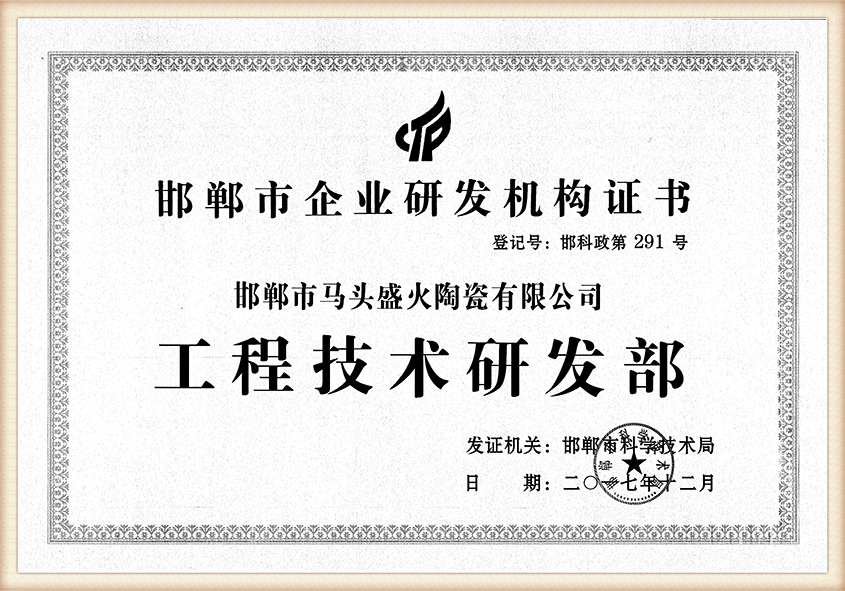Is Sand Casting Expensive?
Sand casting is one of the oldest and most widely used metal casting processes in manufacturing. It involves creating a mold from a sand mixture and then pouring molten metal into that mold to create various components. While it is a popular method, a common question arises is sand casting expensive? The answer is nuanced and requires consideration of various factors, including materials, labor, production volume, and the complexity of the parts being produced.
Initial Setup Costs
The initial setup costs of sand casting can be relatively low compared to other manufacturing processes. For small production runs or prototype development, the costs associated with creating molds are minimal. Sand molds can be produced quickly, and the raw materials—sand, clay, and water—are inexpensive and readily available. This makes sand casting an attractive option for small to medium-sized manufacturers who may not have the budget for more advanced casting techniques that require more sophisticated equipment and tooling.
Material Costs
The raw materials for sand casting primarily include silica sand, binders, and additives. While the costs for these materials are generally low, fluctuations in market prices can impact the overall expense. However, when considering large production runs, the material costs per unit decrease significantly, making sand casting more economical over time. For instance, larger batches can lead to reduced waste and optimized production efficiency, contributing to lower overall costs.
Labor Costs
is sand casting expensive

Labor is another critical factor influencing the expense of sand casting. The process requires skilled workers to prepare molds, handle molten metal, and conduct quality inspections. While labor costs can vary significantly based on geographic location and industry standards, the requirement for specialized knowledge can drive up labor expenses. However, with advancements in automation and technology, some manufacturers have been able to reduce labor costs by implementing more efficient processes, thus offsetting some of the expenses associated with skilled labor.
Production Volume and Economy of Scale
One of the most significant factors that determine whether sand casting is expensive lies in the production volume. For small batch production, sand casting can be relatively cost-effective due to the low initial setup costs. However, as production volume increases, manufacturers can achieve economies of scale, which can dramatically reduce the cost per unit. This is particularly true when casting large or complex parts where the per-piece savings from high volume can be substantial.
Complexity and Design Considerations
The complexity of the part being cast can also influence costs. More intricate designs may require additional time and effort during the mold-making process, which can increase labor costs. Additionally, highly complex designs may lead to higher rates of defects, requiring more rigorous quality control measures, further driving up expenses. It is essential for manufacturers to strike a balance between design complexity and cost-effectiveness. In some cases, simple designs using sand casting can be significantly cheaper than more complex parts manufactured with alternative methods, like die casting or investment casting.
Final Thoughts
In conclusion, whether sand casting is expensive depends on various factors, including the scale of production, material and labor costs, and the complexity of the components. For low to medium production runs, sand casting often presents a cost-effective solution, while larger volumes can lead to even greater savings through economies of scale. Therefore, manufacturers should carefully evaluate their specific needs, production volumes, and designs to determine if sand casting represents the most economical option. With the right approach, sand casting remains a viable and often cost-effective method for producing high-quality metal components, proving its enduring value in the manufacturing landscape.
Post time:നവം . 26, 2024 22:35
Next:Current Trends and Prices of Ceramic Sand in the Market
